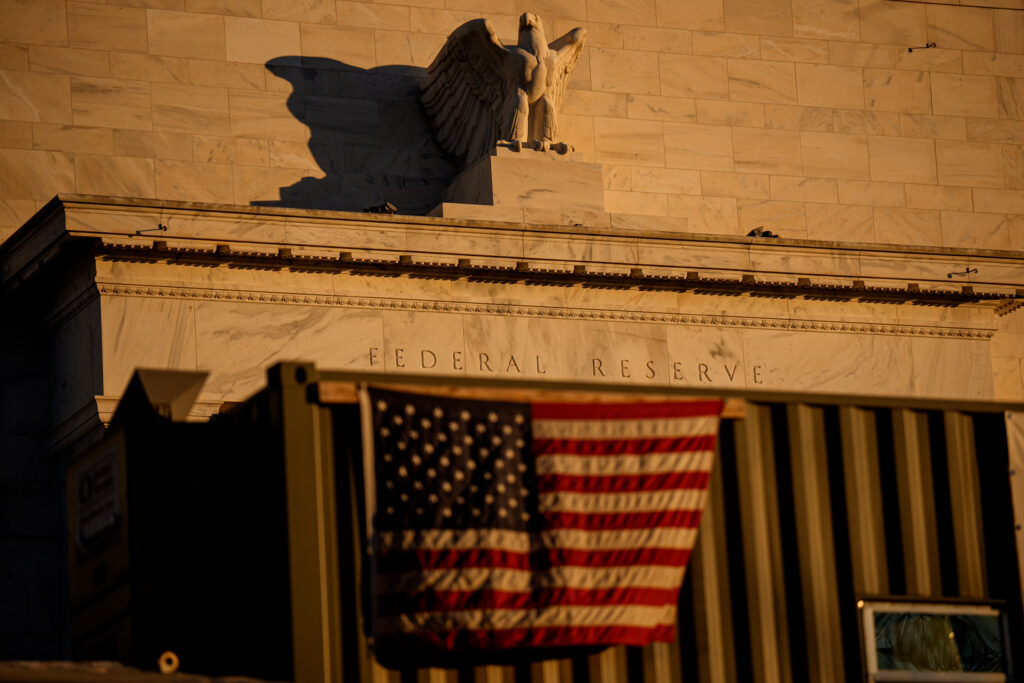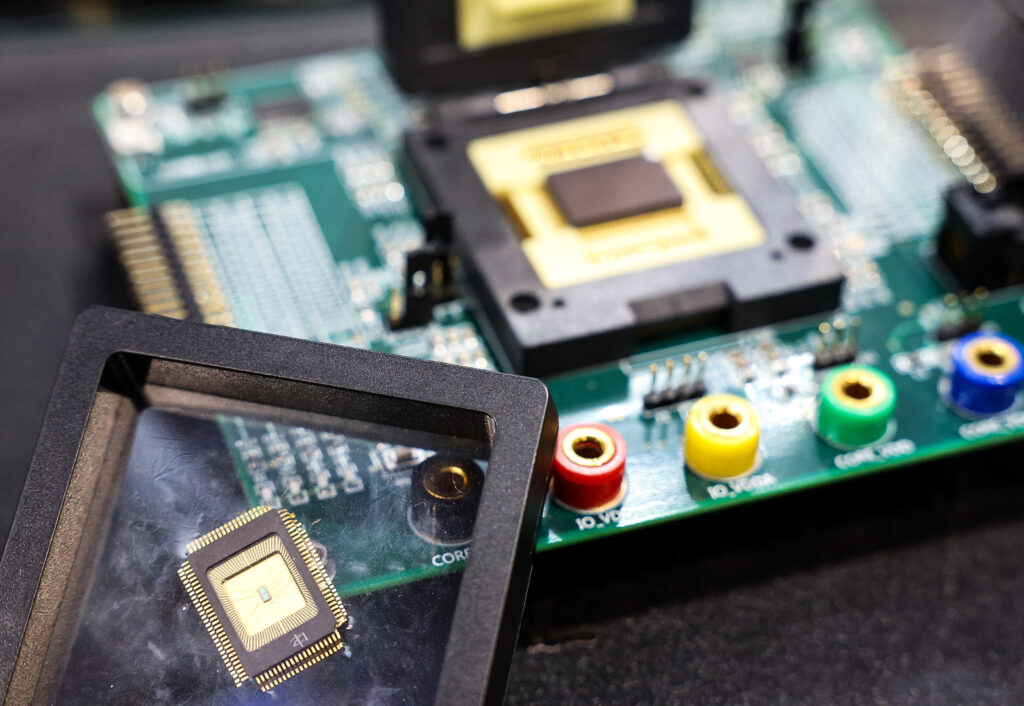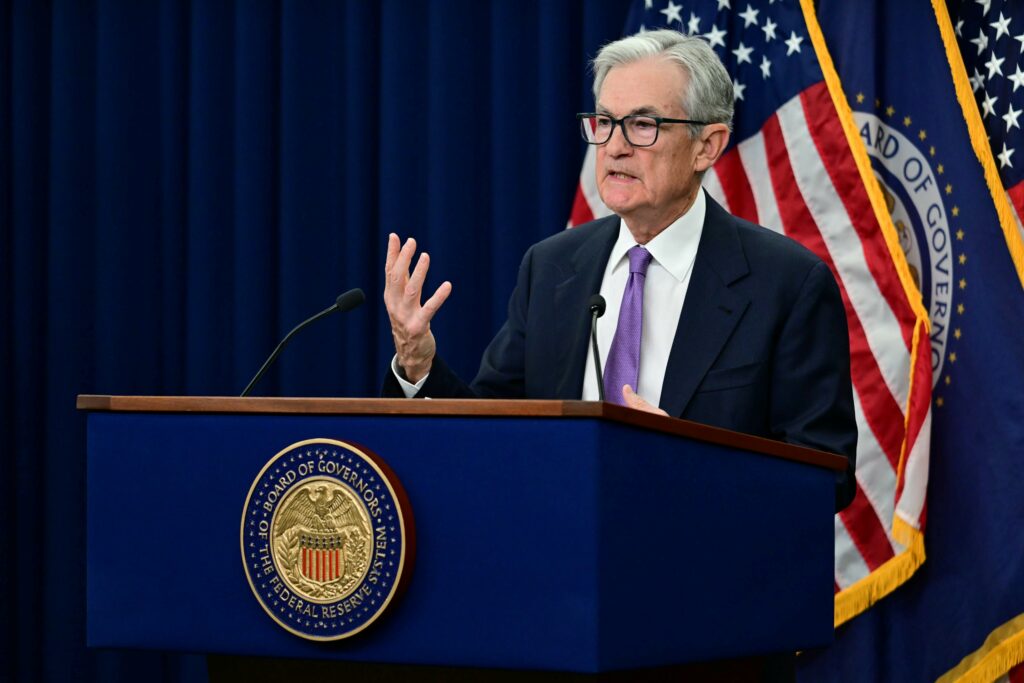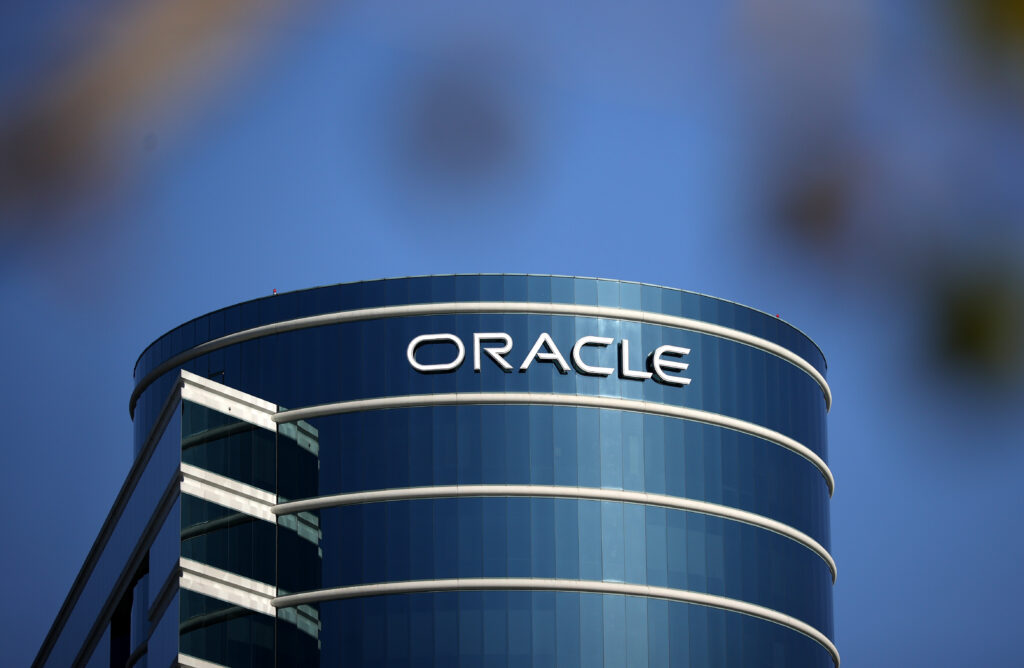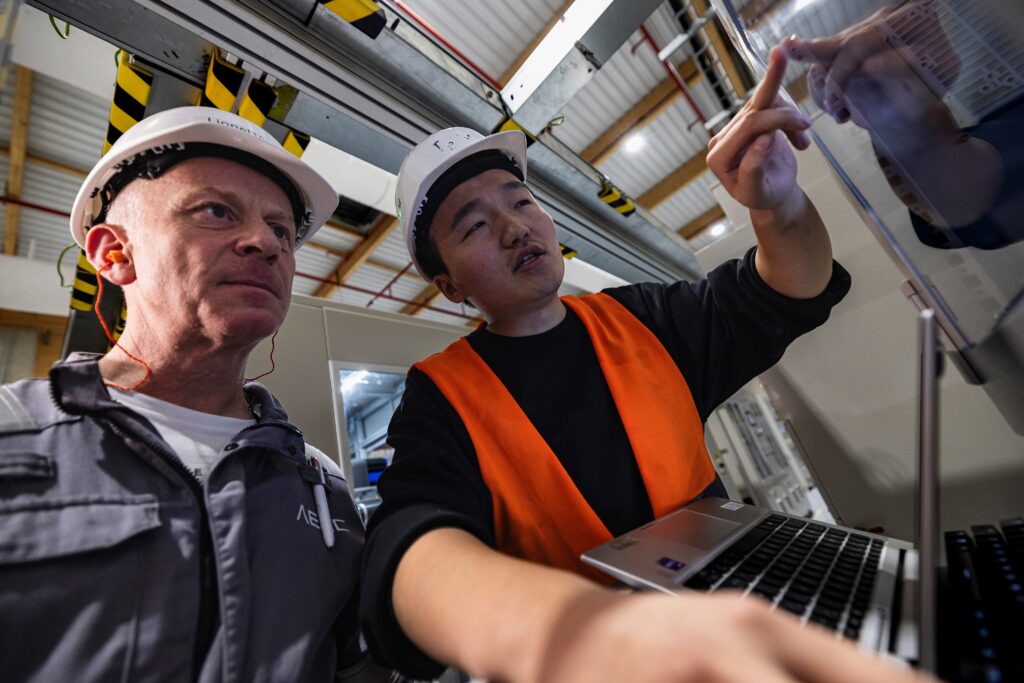Stocks diverge as AI fears cloud US rate cut
Stock markets diverged Thursday as optimism over the Federal Reserve’s latest interest rate cut was dampened by disappointing earnings from software giant Oracle, which revived concerns over sky-high AI valuations.On Wall Street the blue-chip Dow edged higher at the open of trading, while the S&P 500 and Nasdaq Composite both slid lower.Major European indices gained in afternoon trading, after Asian markets finished mixed.The Fed delivered its third straight cut to borrowing costs on Wednesday, but signalled that it could hold off further reductions in the coming months. “Even as investors were reassured by the Fed’s latest rate cut, familiar concerns about AI are still very much top of mind right now,” said Deutsche Bank managing director Jim Reid.Those concerns were reignited after Oracle reported after markets closed on Wednesday that quarterly revenue had fallen short of lofty expectations and revealed a surge in spending on data centres to boost AI capacity.Shares in the Texas-based company fell around 16 percent as trading got underway Thursday.Investors are wary of the massive investments tech companies are making in artificial intelligence models and infrastructure, wondering how and when they will pay off.Markets globally suffered a wobble last month with investors increasingly worried over the vast sums poured into AI. US chip titan Nvidia became the world’s first $5-trillion company in October.Some observers have warned of an AI bubble that could burst and cause a market rout.Russ Mould, AJ Bell investment director, noted that the fanfare around rate cuts had been short-lived.”Investors have shrugged off the Fed’s latest reduction in US borrowing costs as it is becoming harder to guess where rates might go next,” he added.Even Fed policymakers were highly divided about whether to cut rates again in 2026 and if so, how often.But eToro US analyst Bret Kenwell pointed out that Fed Chair Jerome Powell had highlighted the fact that none of the Fed policymakers sees rate hikes in 2026 in their base scenario.”Keeping rate hikes off the table helps the Fed lean dovish and has investors looking at the next rate cut as a ‘when not if’ scenario, even if it takes several more meetings before the next one is announced,” said Kenwell.”The lack of an outright hawkish tone from the Fed combined with its third consecutive rate cut could pave the way for a potential year-end rally in equities, provided that next week’s macroeconomic data doesn’t derail the recent bullish momentum,” he added.September trade data helped, with the deficit falling to its lowest level since the Covid-19 pandemic as US exports jumped much more than imports.Kenwell also noted that stocks were near all-time highs, which he said tends to be bullish for long-term investors.The latest cut in borrowing costs — to their lowest level in three years — comes as monetary policymakers try to support the US jobs market, which has been showing signs of weakness for much of the year.Concern about the labour market has offset persistently high inflation, with some decision-makers confident the impact of US tariffs on prices will ease over time.Silver hit a fresh record high of $62.8863, having broken $60 an ounce for the first time this week on rising demand and supply constraints.- Key figures at around 1430 GMT -New York – Dow: UP percent at 48,171.18 pointsNew York – S&P 500: DOWN 0.4 percent at 6,859.96New York – Nasdaq Composite: DOWN 0.5 percent at 24,253.63 London – FTSE 100: UP 0.1 percent at 9,667.28Paris – CAC 40: UP 0.8 percent at 8,085.96Frankfurt – DAX: UP 0.5 percent at 24,253.63Tokyo – Nikkei 225: DOWN 0.9 percent at 50,148.82 (close)Hong Kong – Hang Seng Index: FLAT at 25,530.51 (close)Shanghai – Composite: DOWN 0.7 percent at 3,873.32 (close)Dollar/yen: DOWN at 155.06 yen from 155.92 yen on WednesdayEuro/dollar: UP at $1.1748 from $1.1693Pound/dollar: UP at $1.3422 from $1.3384Euro/pound: UP at 87.55 pence from 87.36 penceBrent North Sea Crude: DOWN 2.0 percent at $61.00 per barrelWest Texas Intermediate: DOWN 2.1 percent at $57.25 per barrelburs-rl/jj

